Right Size blower over small size induction cooktop
davidro1
15 years ago
Related Stories

KITCHEN APPLIANCESFind the Right Cooktop for Your Kitchen
For a kitchen setup with sizzle, deciding between gas and electric is only the first hurdle. This guide can help
Full Story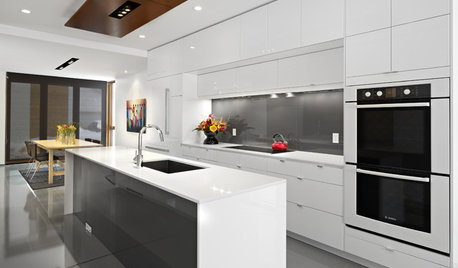
KITCHEN APPLIANCESFind the Right Oven Arrangement for Your Kitchen
Have all the options for ovens, with or without cooktops and drawers, left you steamed? This guide will help you simmer down
Full Story
KITCHEN APPLIANCESLove to Cook? You Need a Fan. Find the Right Kind for You
Don't send budget dollars up in smoke when you need new kitchen ventilation. Here are 9 top types to consider
Full Story
KITCHEN DESIGNHow to Choose the Right Hood Fan for Your Kitchen
Keep your kitchen clean and your home's air fresh by understanding all the options for ventilating via a hood fan
Full Story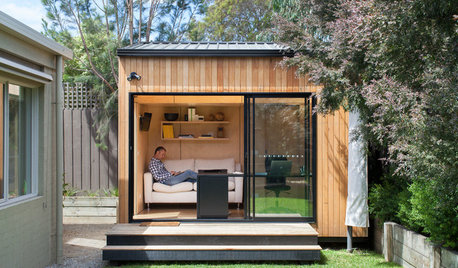
REMODELING GUIDESDesign Workshop: Is an In-Law Unit Right for Your Property?
ADUs can alleviate suburban sprawl, add rental income for homeowners, create affordable housing and much more
Full Story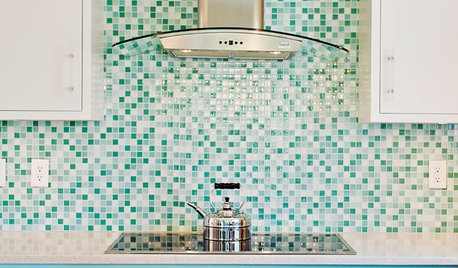
KITCHEN DESIGN9 Popular Stovetop Options — Plus Tips for Choosing the Right One
Pick a stovetop that fits your lifestyle and your kitchen style with this mini guide that covers all the basics
Full Story
KITCHEN DESIGNHow to Find the Right Range for Your Kitchen
Range style is mostly a matter of personal taste. This full course of possibilities can help you find the right appliance to match yours
Full Story
ARCHITECTUREAre Vaulted Ceilings Right for Your Next Home?
See the pros and cons of choosing soaring ceilings for rooms large and small
Full Story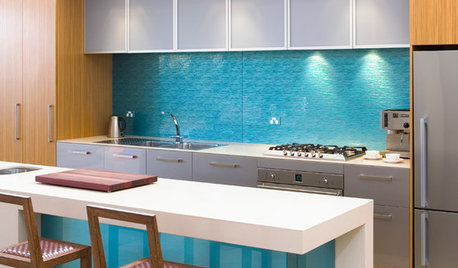
KITCHEN DESIGNHouzz Quiz: Which Kitchen Backsplash Material Is Right for You?
With so many options available, see if we can help you narrow down the selection
Full Story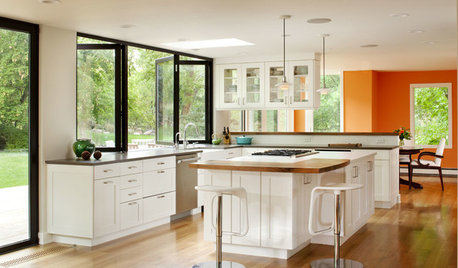
KITCHEN DESIGNDetermine the Right Appliance Layout for Your Kitchen
Kitchen work triangle got you running around in circles? Boiling over about where to put the range? This guide is for you
Full StoryMore Discussions







llaatt22
davidro1Original Author
Related Professionals
Brownsville Kitchen & Bathroom Designers · Oneida Kitchen & Bathroom Designers · Roselle Kitchen & Bathroom Designers · Vineyard Kitchen & Bathroom Designers · Bensenville Kitchen & Bathroom Designers · Brentwood Kitchen & Bathroom Remodelers · Camarillo Kitchen & Bathroom Remodelers · Waukegan Kitchen & Bathroom Remodelers · Glenn Heights Kitchen & Bathroom Remodelers · Fort Lauderdale Cabinets & Cabinetry · Indian Creek Cabinets & Cabinetry · Lindenhurst Cabinets & Cabinetry · Reading Cabinets & Cabinetry · Wildomar Cabinets & Cabinetry · Saint James Cabinets & Cabinetryfandlil
llaatt22
davidro1Original Author
ya_think
davidro1Original Author
davidro1Original Author
clinresga
davidro1Original Author
moose_2008
davidro1Original Author
clinresga
kaseki
davidro1Original Author
kaseki